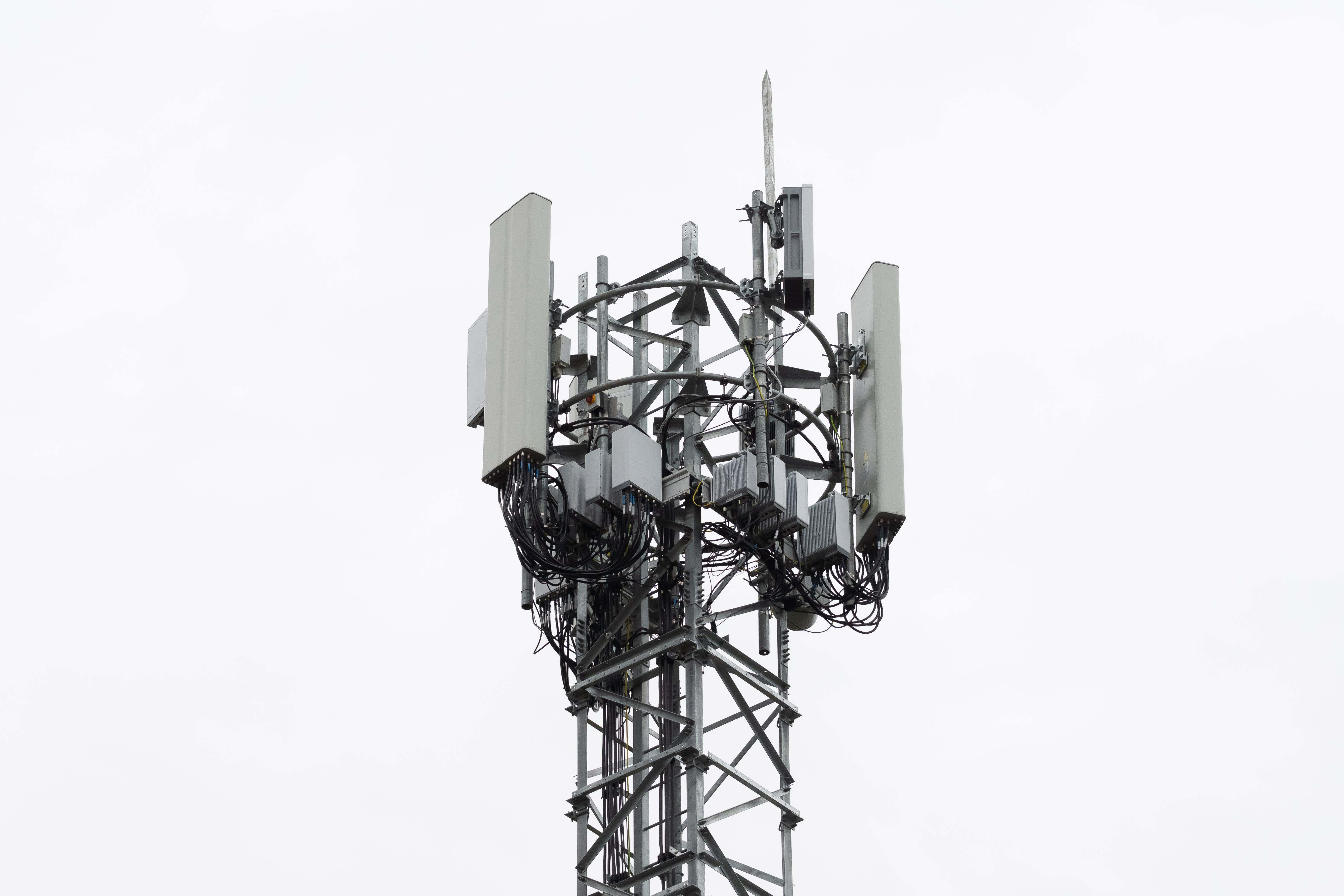If faraday cage hat 've ever wandered through a city, you may have seen tiny 5G cell towers placed on poles for street lighting. They look like small boxes however, they're actually transmitting wireless signals from mobile providers to your phone.
They are replacing the larger built cell towers. Although they're not as visible, they still can create problems for those who live nearby.
A of the FCC's Radiation Exposure Thresholds
The FCC's Radiation Exposure Thresholds determine the safe limit at which a person can be exposed to electromagnetic energy from wireless devices. The exposure limits are based on scientific data which show that the energy of RF could cause harm to health.
The rate of absorption called the specific absorption rate (SAR) is a measure of the radiofrequency energy that is taken up by tissues. faraday cage hats is typically 1.6 Watts per kilogram spread over a gram of tissue.
But, since faraday hats operates at higher frequencies and has the potential to increase the intensity of energy on the skin and other directly-exposed body parts. This could lead to many possible harms, such as an increase in appearance of skin disorders like dermatitis, skin cancer and cataracts.
Due to the possible harmful effects of radiation from 5G, PSU has chosen to create a general limits on power density, which is 4mW/cm2 averaged across 1 centimeter, but not to exceed 30 minutes, for all 5G services running at 3000 GHz. This localized limit is consistent with the maximum spatial-average SAR of 1.6 W/kg, averaged over one grams of tissues at six GHz.

The FCC's Maximum Exposure Thresholds
In the event that you've used cell phone, then you've probably realized that a safe location from the tower is around 400 meters. This is due to the power of transmission from a cell tower increases dramatically the farther your location from the tower.
While this sounds like something that's good however, people who live close to towers might be more susceptible to health issues. For instance, a study conducted in 2014 in India discovered that people who lived within 50 meters of cell towers experienced much more health problems than those living further distance from them.
This study revealed that those who relocated to areas further away from cell towers experienced their symptoms improve within a few days. Other studies have shown that exposure to high frequencies of radiofrequency electromagnetic fields (EMFs) can cause brain tumors, cancers and other health issues.
This is due to the fact that radiofrequency radiation, used in wireless communication can penetrate the human body's outer layer, called the skin. This is important to understand since the skin functions as a shield against mechanical injury, infection caused by pathogenic microorganisms and entry of toxic substances. The skin is the biggest organ of the human body, and is responsible for keeping the integrity of other organs.
The FCC's Minimum Exposure Thresholds for the Minimum Exposure
The FCC's Minimum Exposure Thresholds are based on many assumptions that aren't supported by scientific research. These include the erroneous belief that exposures to RF radiation is safe because of the minimal radiation penetration in the human body (i.e., tissue heating).
This assumption does not take into account the more extensive penetration of ELF parts of the modulated RF signal and the effect of brief bursts of heat from pulsed RF waves. These assumptions do not correspond with the current understanding of biological effects of RF radiation. Therefore, they should not be relied upon for health-protection exposure standards.
Additionally, the ICNIRP and FCC are limiting the maximum limits of exposure to peak local SARs, based on the peak speed of spatial absorption (psSAR) which is not a reliable dosimetric instrument for determining the level of exposure to radiofrequency radiation. Particularly, psSAR is inaccurate when frequencies exceed 6 GHz. Furthermore, psSAR has not been evaluated for RF radiation that is exposed to other agents of the environment such as sunlight. In the event of interactions, RF radiation and other environmental agents may result in antagonistic or synergistic effects. This would result in the risk of having adverse health consequences. For example, exposure to RF radiation with sunlight may raise the chance of developing skin cancer and exacerbate other skin conditions like acne.
